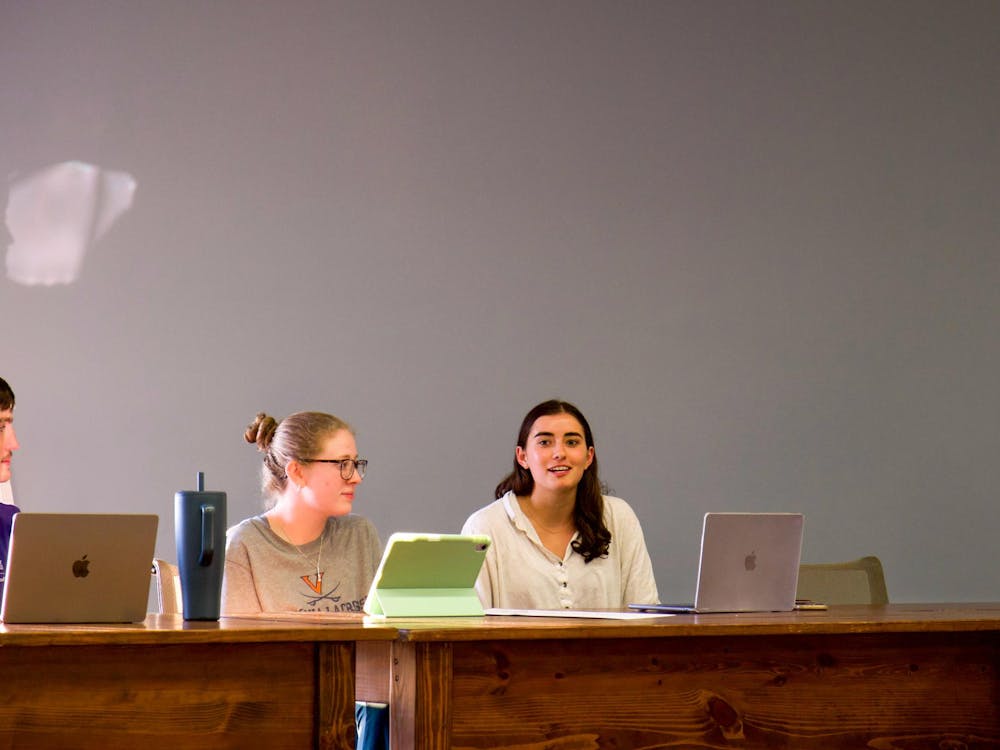This is the first of four articles in a bi-weekly series on affirmative action.
Ever since former President Kennedy coined the term in an executive order in 1961, affirmative action has generated national political and philosophical debate.
In 1965, former President Lyndon B. Johnson enforced affirmative action for the first time in Executive Order 11246, which spurned many executive attempts to change the policy.
In 1985, some officials within former President Reagan's administration unsuccessfully sought to overturn this executive order, while former President Bill Clinton proposed a "mend it, don't end it" policy in 1995.
Yet the key struggles over affirmative action generally have taken place in the courts, where the seminal cases sometimes have focused on the admissions policies of institutions of higher education.
The next chapter in the affirmative action saga could unfold within days, when the U.S. Court of Appeals in the Sixth Circuit in Cincinnati issues a ruling on two cases, Gratz v. Bollinger and Grutter v. Bollinger.
The Gratz case challenges the University of Michigan's affirmative action policy in which undergraduate admissions are based on a point system. Students obtain extra points for being from a traditionally underrepresented minority group. The Grutter case makes a similar challenge to admissions at Michigan's Law School where race is one factor the school considers in admissions.
Because of the similarity of the cases, they were combined into a single argument before the Cincinnati court.
Regardless of what the 6th Circuit rules, the case stands a good chance of reaching the U.S. Supreme Court, Law Prof. Kim Fourde-Mazrui said.
If the Supreme Court does hear the Michigan cases, it will not be the first time the high court has dealt with the issue.
In 1978 the Court ruled in Regents of the University of California v. Bakke that Allen Bakke, a white student, unfairly was denied admittance to the university's medical school.
Though the Bakke case is the Court's landmark affirmative action decision, it offered a convoluted and shaky precedent for future rulings.
"You kind of had a splinter among the justices as to what kind of affirmative action was to be legal," Fourde-Mazrui said.
Five Supreme Court justices in the Bakke case formed a majority to say the California medical school's quota system was not legally acceptable. Yet five of the Justices issued concurring opinions, leaving the decision less cut and dry.
"Quotas are generally illegal," Fourde-Mazrui said.
The Bakke case, despite its ambiguities, still may hold some weight in determining the Michigan cases. Generally, legal experts think Michigan's affirmative action policies are acceptable under the Bakke ruling.
"If you only look at Bakke, there is a good chance [Michigan's affirmative action policies] would be upheld," Fourde-Mazrui said.
However, he added that other rulings since Bakke have called into question the decision's continuing relevance.
In 1989 the Supreme Court ruled in City of Richmond v. Croson that Richmond could not set aside a certain percentage of its construction contracts to black-owned businesses.
This ruling indicates the growing opposition on the Supreme Court to affirmative action, Fourde-Mazrui said.
"I think the Supreme Court today would strike down the Michigan affirmative action," he said.
Yet not all legal experts agree the Croson case is relevant to affirmative action in admissions.
Some lower courts have assumed that Croson applies to admissions policy, Michigan Law Prof. Richard Lempert said.
"Technically that's not true because they have not tested it in that setting," Lempert added.
In the Croson case the Supreme Court ruled affirmative action deserved "strict scrutiny," a very stringent criteria that would invalidate most affirmative action policies.
Though Justice Sandra Day O'Connor, who is often the swing vote on the Court, supported the Court's ruling in the Croson case, in other cases she has used an "intermediate scrutiny" standard that allows for much more widespread affirmative action, Lempert said.
"Where she'd come out on education is anyone's guess," he said.
Thus, as the Cincinnati appeals court deliberates on the Michigan cases and the Supreme Court waits in the wings, neither has an obvious precedent with which to rule.
The future of affirmative action in higher education admissions remains as muddled as its past is controversial.






